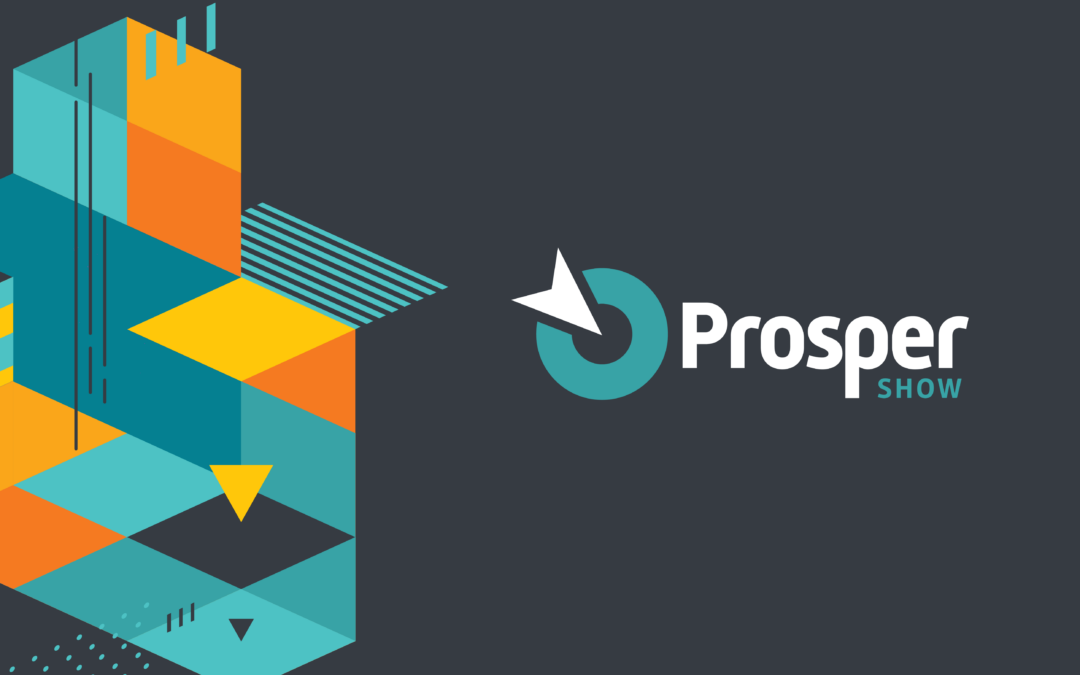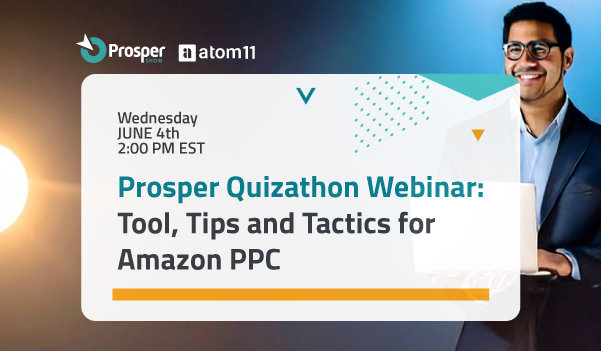While all Amazon buyers might be looking to purchase something, they aren’t the same. It’s important to distinguish between different types of buyers so that you can create the best strategy to convert them.
Generally, there are 3 types of buyers: head of household, impulse buyer, and product researcher. A buyer may fall into multiple categories, and that’s okay! In fact, most of us are probably each buyer depending on the situation we are in. But let’s learn more about these main types of buyers and how to create effective strategies for them.
Head of Household
This type of buyer is typically looking for the best deal. They are often moms, but they can be dads as well. Head of household buyers are probably Prime members, and they want to get the most for their money. They are aware of their financial situation and always have price in the back of their mind when shopping. These buyers are driven by a mix of rational and emotional decisions to finally make a purchase.
Common Product Categories
Head of household buyers are usually interested in the following product categories:
● Home & Garden
● Baby Products
● Grocery & Gourmet
● Clothing & Accessories
● Health & Personal Care
● Toys & Games
● Beauty
● Tools & Home Improvement
From this list of product categories, you can tell that the head of household buyers are looking for products that they need. However, if your product falls outside these categories, you may still have head of household buyers.
Strategy
The best way to appeal to head of household buyers is to offer a coupon. Because these buyers are so concerned about price, offering them a discount is a great way to get their attention. If you can offer a better deal than your competitor, you will most likely get the sale in the end.
You should also work on obtaining positive reviews about your products. While head of household buyers might not read them all, they will take reviews into account when making a decision.
Impulse Buyer
We are all familiar with impulse buyers. You have probably been one yourself! Impulse buyers make emotional decisions, which means they see something they want, and they get it. Impulse buyers quickly scan a product listing and will make a purchase if you look trustworthy.
You can think of an impulse buy like going grocery shopping. You go in with a list, but when you get to the register, you add a soda or a pack of gum. Those items are impulse buys; you didn’t need them, but you wanted them when you saw them.
Typically, Amazon impulse purchases aren’t more than $50 to $60 because more expensive products often require more thought and have more risk involved.
Common Product Categories
Impulse buyers are usually interested in the following product categories:
● Books
● Beauty
● Clothing & Accessories
● Fashion & Jewelry
● Home & Garden
● Health & Personal Care
● Shoes, Handbags & Sunglasses
● Sports
● Toys & Games
These product categories contain items that aren’t necessarily needed but wanted These items aren’t always essential, but they can help a buyer achieve or maintain their desired lifestyle.
Strategy
The best strategy to attract an impulse buyer is to provide compelling images and infographics on your product listing. Your images should paint a clear picture of what your product does and how buyers can use it in their own homes. You should utilize the EBC section of a product listing to provide more visual details about your product.
In addition to optimizing graphics, you should work on building your reviews. It only takes a few reviews and a 4-star rating for an impulse buyer to feel reassured that you are a trustworthy Amazon seller. And if you throw in a promotion, your product will be too difficult for these buyers to resist.
Product Researcher
The product researcher makes all their decision based on logic. They take the time to thoroughly investigate a product. They read all the information in a product review and will compare listings between competitors. Product researchers will also read your reviews and the Answered Questions section to learn about your product.
Common Product Categories
Product researchers are usually interested in the following product categories:
● Automotive & Powersports
● Baby Products
● Camera & Photo
● Cell Phones
● Electronics
● Music & Music Instruments
● Outdoors
● Personal Computers
● Tools & Home Improvement
As you can tell from this list of product categories, product researchers are typically looking for more expensive products that could be investments. However, a researcher may still want to research a $10 product.
Strategy
These buyers are concerned with quality and quantity of reviews. Work on getting as many positive reviews as you can, but try to encourage your reviewers to leave comments and elaborate on what they liked (or didn’t like) about your product.
Make sure you have content on your product listings that anticipates this buyer’s questions and concerns. You should include a precise title along with full bullet points and a detailed product description. Implement EBC sections with content and impactful visuals to catch the attention of this buyer.
Because you know that this buyer is comparing your products to your competitors’ products, go ahead and provide a product comparison chart. In the end, the product researcher is harder to convert, but they are definitely worth it.
For more insight about your types of buyers, contact the Amazon experts at Nozani.



Recent Comments